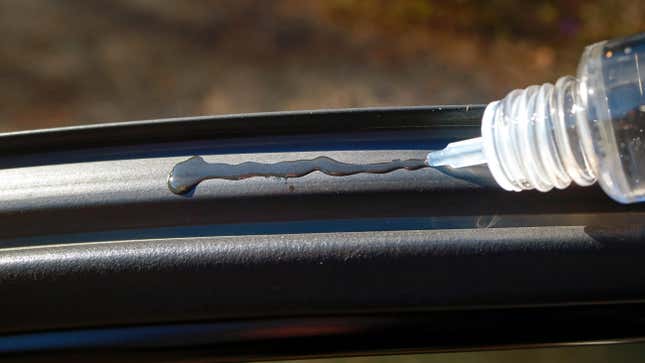
When it comes to common household tasks that require a lubricant, many people reach for products like petroleum jelly (e.g. Vaseline), cooking oil spray, or WD-40. And while they’re often effective—at least temporarily—some projects could benefit from silicone grease. Here’s what to know about the lubricant and when to use it.
What is silicone grease?
Silicone grease is a translucent, viscous lubricant made from a combination of silicone oil and a thickening agent. It stands out for being either waterproof or water resistant, and providing excellent resistance against chemicals and UV radiations.
Additionally, silicone grease can be used in a wide range of temperatures (generally from -76°F to 572°F), Plus, it’s relatively inexpensive addition to your toolbox: A tube costs around $5.
When to use silicone grease
Generally speaking, silicone grease provides excellent lubrication between these materials:
- Plastic to plastic
- Rubber to rubber
- Rubber to plastic
- Plastic to metal
- Rubber to metal
Here are a few more specific household applications for silicone grease:
- Lubricating door hinges, window tracks, drawer slides, and other moving parts
- Can be applied to rubber gaskets on kitchen appliances to maintain their flexibility and prevent leaks
- To condition a worn-out refrigerator gasket (seal)
- Applied to O-rings on a sink faucet
- Lubricating and conditioning rubber components in cars and other vehicles
- Lubricating screw threads to prevent sticking and corrosion
- Lubricating piston seals and plunger shafts of fountain pens
When you shouldn’t use silicone grease
While silicone grease is versatile, it’s not the best choice for metal-on-metal lubrication. Also, because of its resistance to chemicals, silicone grease doesn’t work well on surfaces that are painted or varnished—or will be in the future. Finally, while silicone grease is ideal for lubricating or conditioning rubber, it shouldn’t be used on silicone rubber.

